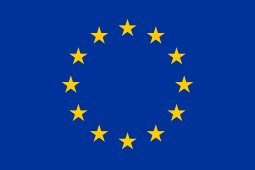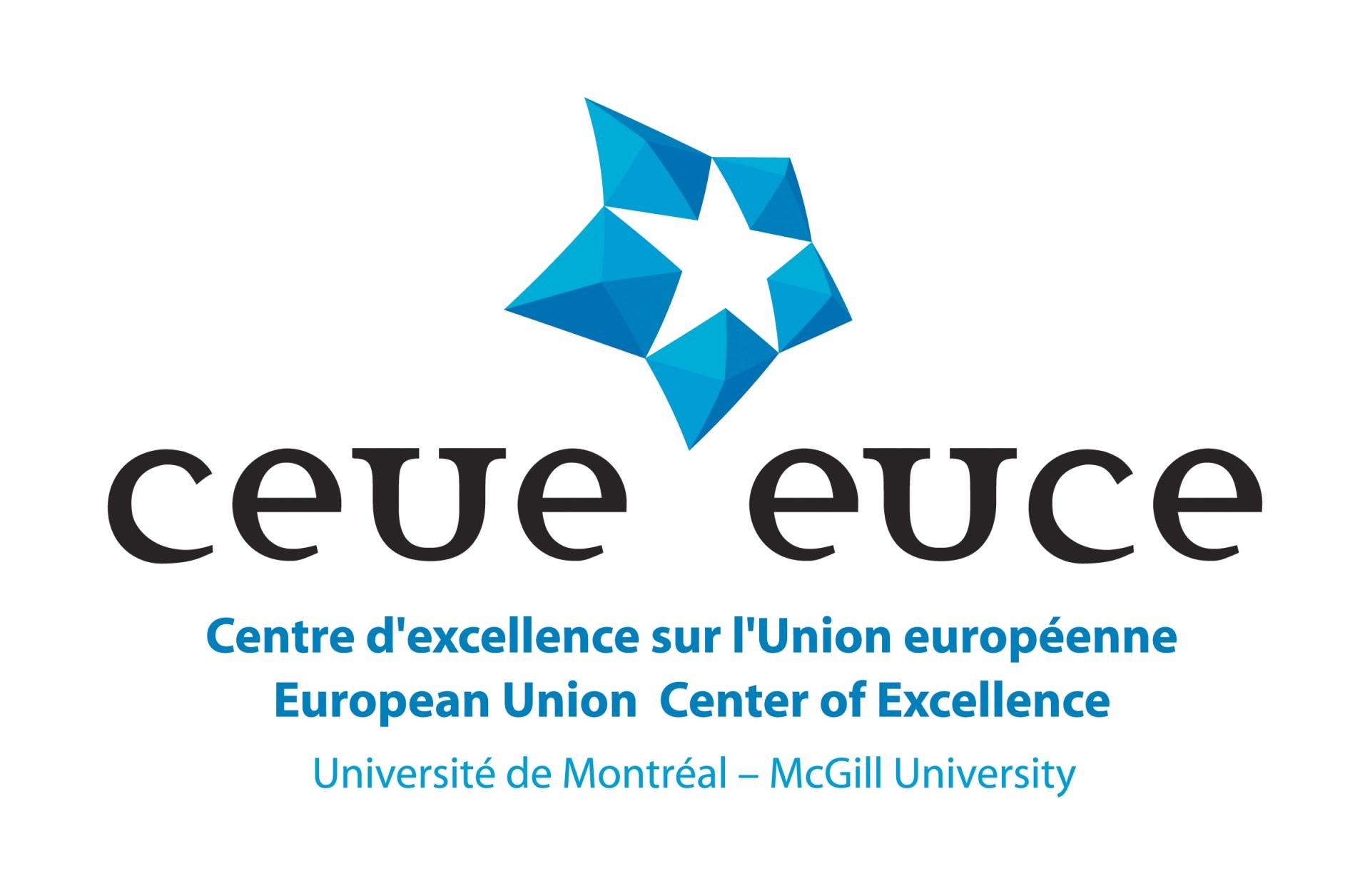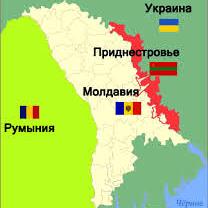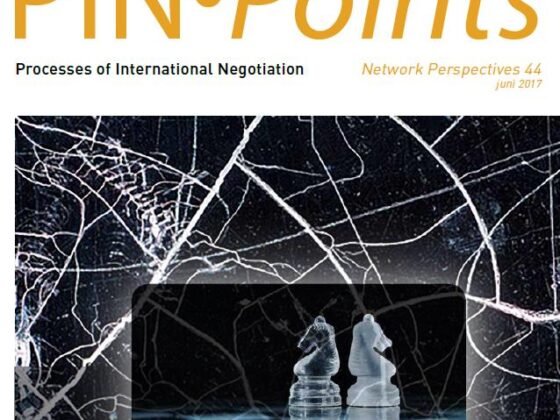(PONARS Policy Memo) Southern Europe has been a new area of focus for the Sino-Russian partnership in recent years. Cultural and religious ties with Orthodox majority states have long given Russia a special role in the region, but China is a newer player. Although each country has its own independent reasons for engaging economically with southern Europe—for China, it is the destination for its Belt and Road Initiative, while for Russia, the region provides a potential alternative to gas supply via Ukraine—increasingly the two countries are pursuing parallel agendas, involving promoting their own interests at the expense of European unity.
China and Southern Europe
Much of the attention to China’s Belt and Road Initiative, launched in 2013 and initially known as “One Belt, One Road,” has focused on China’s infrastructure development plans for Central and South Asia, but Southern Europe is a key destination for both the maritime and transcontinental routes. High level participation in the May 14-15, 2017, Belt and Road Forum from Italy, Greece, Serbia, Spain, and Turkey attests to Southern Europe’s interest in developing economic ties with China. Chinese investments there have proceeded somewhat under the radar and in a piecemeal fashion, but they bear scrutiny as the trend toward increased Chinese economic involvement in the region will have important political and security implications for Europe and the United States.
During former Prime Minister Wen Jiabao’s visit to Poland in 2012, the Chinese government introduced a new economic initiative, the 16+1 process, which involves investment, concessionary loans, trade promotion, and annual summits in Central and Eastern Europe. The 16 countries involved include 11 EU and 5 non-EU countries from Central Europe and the Baltics.[1] Cooperative projects have been outlined in a series of summits in recent years. In particular, the 2014 Belgrade summit called for a link between the 16+1 process and Chinese funds for investments in the Belt and Road Initiative, including for rail links and other infrastructure. The 2015 Suzhou summit focused on maritime Silk Road links, connecting China to Europe via the Baltic, Adriatic, and Black Seas. The 2016 summit, which took place in November 2016 in Riga, Latvia, further developed the Three Seas Initiative to create infrastructure links connecting the three seas.
China’s investment in the Greek port of Piraeus, the center of Greece’s shipping industry, shows how the Chinese initiative seeks to combine maritime and land-based infrastructure development. The Chinese state-owned company, COSCO, acquired a 35-year concession for the port of Piraeus, which will turn it into a hub for China’s trade in Europe. In August 2016, COSCO bought a 51 percent stake in the port for $311.5 million and will increase its stake to 67 percent in the next five years, assuming required investments of €300 million ($326 million) are made. The port will be connected to railroads in Central and Eastern Europe, which the China Railway and Construction Corporation will build by 2017 to create a high-speed rail connection from Piraeus to Budapest. These improvements will reduce shipping times from China to Europe by 10 days—now goods go from Suez Canal through the Mediterranean and then up to the Atlantic coast to Northern European cities; with new connections they will go directly from the Suez Canal (recently doubled in capacity) to Piraeus. Piraeus is the closest European port to the Suez Canal and China has also been investing in Egypt and Djibouti, where it acquired its first naval base and plans to station 10,000 troops.
This is just one example of the recent surge in Chinese investment in southeastern Europe since 2008. Chinese state-owned firms have sought new markets given the slowdown at home and post-crisis opportunities overseas. In addition to investments in transport in Greece, Chinese companies have acquired stakes in many other ports around the Mediterranean, including Genoa, Naples, and Istanbul. Chinese firms have targeted energy projects, mostly in Italy and Portugal. Over the past few years in Portugal 90 percent of investment in sell-offs in the energy sector has come from China, while in Italy China has become the largest foreign investor in the energy sector, with investment over €4 billion ($4.35 billion).
Russia and Southern Europe
The economic crisis in Greece initially fueled speculation that Moscow would take advantage of the situation to develop closer ties with Athens. Russian economic woes, actions in Ukraine, and the resulting EU sanctions set limits to any rapprochement, despite a series of meetings with Russian President Vladimir Putin following the election of Greek Prime Minister Alexis Tsirpas in 2015. Greece’s Russian diplomacy, especially in the energy sector, has frustrated European attempts to limit Moscow’s efforts to circumvent Ukraine in energy exports to Europe. Moreover, the governing Syriza party in Greece has criticized the EU’s imposition of sanctions on Russia. Indeed Putin’s May 2016 visit to Athens was one of the few the Russian President has made to an EU country since the imposition of sanctions in 2014. For its part, Greece has looked to Russia for investment in newly privatized sectors and the two countries are exploring cooperation in tourism and transportation as well as deepening cultural and religious ties.
After President Recep Tayyip Erdoğan apologized in June 2016 for shooting down a Russian aircraft in Syria, Putin has revived the Turkish Stream project, originally proposed in December 2014, now involving the construction of two underwater gas lines from Russia to Turkey. The two countries signed an agreement on the project in October 2016. After Turkish President Erdoğan’s visit to Moscow in August 2016, Turkey proposed connecting Turkish Stream to the Trans-Anatolian Pipeline (TANAP), which would ship gas from Azerbaijan to the border between Greece and Turkey. Turkish Stream could also be connected to Greece and Italy, via the Poseidon pipeline.
All of this works against efforts by the EU and the United States to reduce European dependence on Russian gas and prevent Greece from expanding energy cooperation with Russia. The EU has been building a pipeline between Greece and Bulgaria (Interconnector Greece-Bulgaria or ICGB), which would be connected to Azerbaijan’s gas fields through the Southern corridor. The pipeline has a reverse flow capability, meaning it can ship gas in either direction, thereby preventing Russia from using gas flows to Europe as political leverage.
Moreover, Russia and Turkey have been developing military cooperation, posing a challenge to NATO unity. As Erdoğan has faced growing criticism for his concentration of political power and wide-scale purges of supposed supporters of the failed coup against him last summer, Turkey has sought to demonstrate that it has other options and drawn closer to Russia. For its part, Russia has ended the sanctions imposed on Turkey in the aftermath of their shooting of the Russian aircraft and Ankara has opted to purchase the Russian S-400 missile defense system instead of a comparable U.S.-EU system. The two countries held joint naval exercises in the Black Sea in early April 2017, just two months after Turkey joined other NATO countries in the Black Shield 2017 naval exercise in the region.
Sino-Russian Coordination?
Thus far, China and Russia have been involved in parallel efforts to engage Greece and Turkey, but they have not coordinated their policies. In the long term, if Greece and Turkey develop their economic cooperation/integration with BRICS countries (Brazil, Russia, India, China, and South Africa), there may be some opportunity for coordination. Any future coordination between the Eurasian Economic Union (EEU) and the Belt and Road Initiative may provide opportunity for some joint efforts in southern Europe, but this would assume that countries from the region are willing and able to cooperate with the EEU, which is unrealistic at present. Turkey is currently the only Southern European country to be involved with the Shanghai Cooperation Organization (SCO), though still only as a dialogue partner.
BRICS
In 2015, Russia invited Greece to join the BRICS New Development Bank, just as Greece was in the midst of economic negotiations with the EU. It seemed unlikely that Greece could come up with the $10 billion euros required of founding members as it struggled to emerge from economic crisis, but in the end Athens came to terms with the EU and never joined BRICS.
By contrast, Turkey, which has been described as a near-BRICS state, has never been invited to join and has never expressed interest in doing so. Unlike Greece, Turkey does not face the constraint of EU membership though both are NATO members. As one Turkish analyst argued, if Turkey joined BRICS it would be reframing itself as a revisionist power. In the aftermath of the political shifts in Turkey since the July 2016 coup attempt, this may seem like a more attractive prospect, but there are no indications that BRICS membership for Turkey is likely.
Eurasian Economic Union-Belt and Road Initiative
The agreement last year to integrate the EEU and the Belt and Road Initiative has yet to translate into a concrete agenda for cooperation. Given China’s related infrastructure investments in southern Europe, if Greece and Turkey joined the EEU in some capacity, as some Russian officials have proposed, this could create a basis for coordination between Russia and China. However, Greece’s membership in the EU and Turkey’s customs agreement with it now prevent the two from pursuing such a course of action.
Shanghai Cooperation Organization (SCO)
Turkey became an SCO dialogue partner in 2012 and since then President Erdoğan has periodically expressed interest in membership, though no formal application has yet been made. SCO members unanimously elected Turkey to chair the SCO’s Energy Club in 2017, the first time a non-member has been granted this role. China has welcomed the possibility of Turkish membership in the SCO and has sought to pressure Turkey to restrict the political activities of its Uyghur minority.
Public opinion in Turkey appears divided between East and West. One year before the July 2016 coup attempt, the Pew Research Center reported that 55 percent of respondents favored EU membership, though 47 percent stated that Turkey should not participate in any NATO action against Russia. Interestingly, considering that Turkey is a long-time NATO ally, both Russia and Iran receive higher favorability ratings than the United States or the EU. In the aftermath of the wide-scale arrests since the coup and EU criticism of human rights violations in Turkey, the likelihood of its membership in the EU has further diminished.
Greece, also a NATO member, is not affiliated with the SCO. However, Greece and Russia have discussed some military cooperation in recent years, though this would only be possible if sanctions were lifted. In July 2016, Athens and Moscow explored the possibility of co-producing Kalashnikov rifles in Greece. In 2015, they also discussed Greece’s potential purchase of missiles for the S-300 missile defense system it acquired from Cyprus in the late 1990s.
Implications
China and Russia are pursuing parallel agendas to cooperate economically with southern European countries such as Greece and Turkey. These efforts come at a time of economic and political crisis within the EU and within the context of ongoing sanctions against Russia over Ukraine. While the Russian and Chinese policies have different motives, their parallel efforts together compound certain problems for the EU and the United States.
– Maintaining Ukraine’s role as a gas transit country: the EU has opposed efforts by Russia to build gas pipelines that circumvent Ukraine, such as Turkish Stream.
– Keeping EU countries united on sanctions against Russia: Greece has been critical of sanctions and Moscow has sought to use its ties to Athens to erode EU unity on the policy.
– Preventing individual companies from controlling European infrastructure: China’s majority stake in Piraeus has fueled concern in the EU about the ability of a company to exert monopoly control over a port or other infrastructure.
– Accelerating China’s transformation into a global naval power: the growth of China’s economic interests in the Mediterranean region has led to greater investments in ports in the region and the development of China’s first naval base in Djibouti.
The EU has faced a multitude of threats on its peripheries, including waves of migration from the Middle East and Africa and economic crisis. The parallel efforts by Russia and China to engage these countries create new concerns about the unity of the EU and NATO. Moreover, in light of the election of Donald Trump as president of the United States, the commitment of the United States to either organization may be subject to review given Trump’s stated view that U.S. allies take economic advantage of the United States.
It is possible that Russian and Chinese efforts to engage southern Europe develop a competitive dimension, at least over infrastructure investments. The weakness of the Russian economy, however, will set limits to Russian efforts and may lead to some coordinated efforts with Beijing to invest in European infrastructure, assuming these investments serve the needs of both the EEU and the Belt and Road Initiative. Such coordination in southern Europe may finally provide some concrete evidence of the cooperation between the two initiatives.
Moreover, the appeal of Russian and Chinese overtures to southern European states may wane. Already there are indications that European countries are concerned about some of the consequences of Chinese investment through the 16+1 framework, including the required use of Chinese sub-contractors and purchases of Chinese-made equipment, as well as rising European trade deficits with China. Given Russia’s economic crisis, it appears over-committed by opting to construct two other major gas pipelines in addition to Turkish Stream: Nordstream that connects the Baltics to Germany, and Power of Siberia that connects Russia to China. If Turkey aims to be a gas hub, this will lead it to avoid excessive dependence on Russia, from which it now receives 56.3 percent of its gas, even though relations between the two are now much improved.
Elizabeth Wishnick is Professor of Political Science at Montclair State University and Senior Research Scholar at the Weatherhead East Asian Institute, Columbia University
[PDF]
[1] The EU countries involved are Bulgaria, Croatia, Czech Republic, Estonia, Hungary, Latvia, Lithuania, Poland, Romania, Poland, Romania, Slovak Republic, Slovenia, and the non-EU are Albania, Bosnia and Herzegovina, Macedonia, Montenegro, Serbia. All of the latter except Bosnia Herzegovina are EU candidate countries.
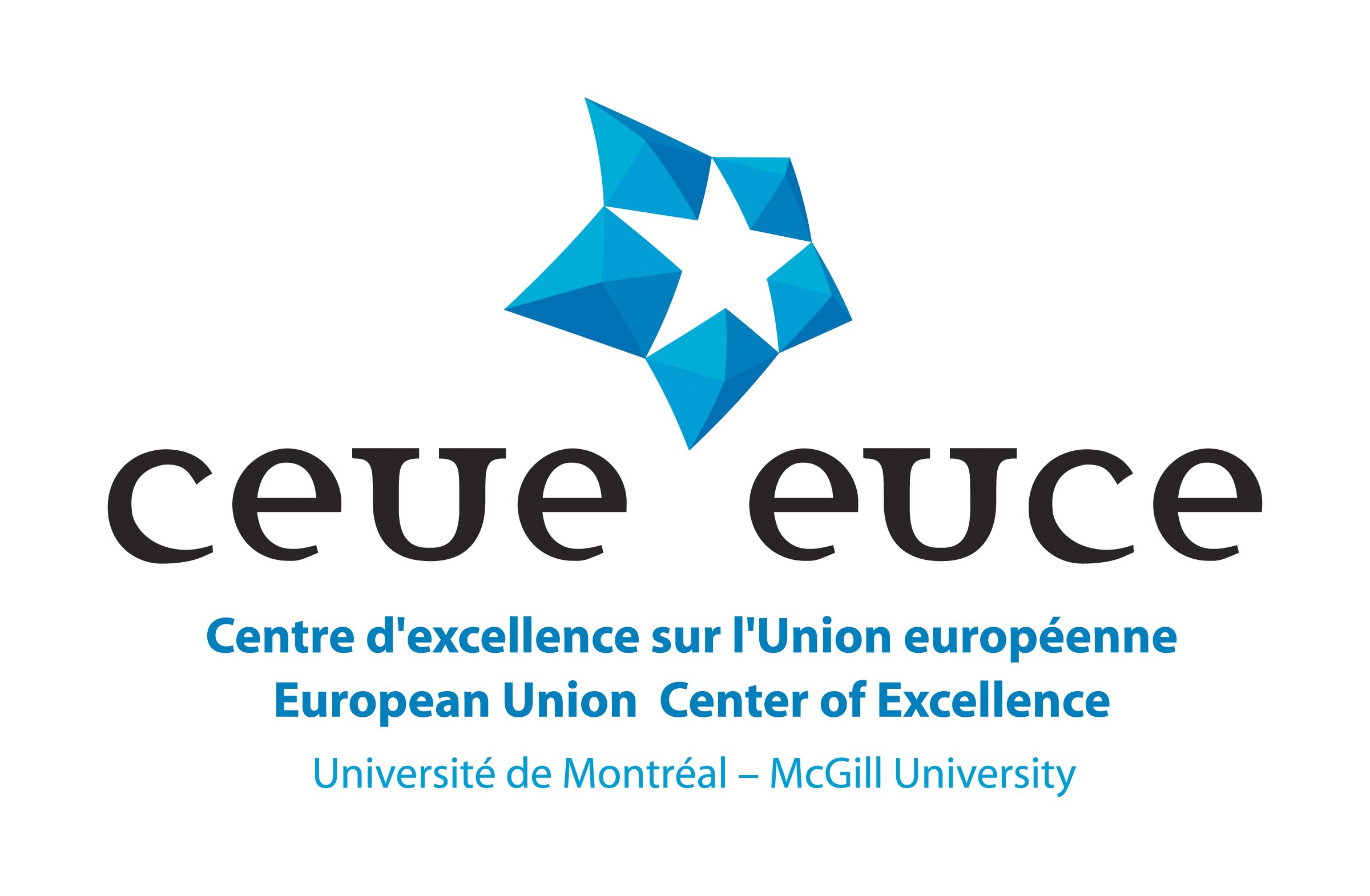
European Union Center of Excellence, McGill University, Montreal, Canada.
This project has been funded with support from the European Commission.
This publication reflects the views only of the author, and the Commission cannot be held responsible for any use which may be made of the information contained therein.
